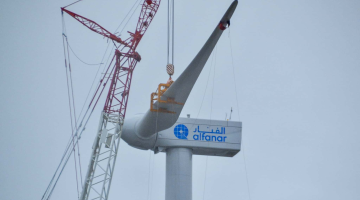
Understanding The Process Of Metal Fabrication Services
Metal fabrication is an important process in manufacturing and construction industries, involving the shaping, cutting, and assembly of metal components to create structures and products. Here’s an overview of the key stages involved in metal fabrication services:
Design and planning
The metal fabrication process begins with detailed design and planning. Engineers and designers collaborate to create precise blueprints or CAD (Computer-Aided Design) drawings that specify dimensions, materials, tolerances, and finishing requirements. This stage ensures clarity in fabrication goals and adherence to client specifications.
Material selection
Choosing the right metal material is vital to meet project requirements regarding strength, durability, corrosion resistance, and cost-effectiveness. Common metals used in fabrication include steel, aluminum, stainless steel, and copper. Factors such as structural integrity, environmental conditions, and aesthetic considerations influence material selection.
Cutting
Once materials are selected, cutting processes commence to shape metal into required sizes and shapes. Techniques such as sawing, shearing, laser cutting and plasma cutting are employed based on material type, thickness, and complexity of designs outlined in the initial plans.
Forming
Forming operations involve bending, shaping, and molding metal sheets or bars into desired configurations. Methods like press braking, rolling, punching, and deep drawing are utilized to achieve precise angles, curves, and contours as per design specifications. Forming improves structural integrity and prepares components for assembly.
Assembly
Assembly integrates individual metal components into larger assemblies or finished products. Techniques such as welding, bolting, riveting, and adhesive bonding are employed to join parts securely. Skilled welders use various welding methods, including MIG (Metal Inert Gas), TIG (Tungsten Inert Gas), and arc welding, ensuring strong and durable connections.
Finishing
After assembly, metal surfaces undergo finishing processes to improve aesthetics, protect against corrosion, and improve functionality. Finishing techniques include grinding, sanding, polishing, painting, powder coating, and electroplating. Surface treatments are applied based on project requirements and client preferences, ensuring the final product meets desired appearance and performance standards.
Throughout fabrication, rigorous quality control measures are implemented to verify dimensional accuracy, material integrity, and adherence to specifications. Inspection tools such as calipers, gauges, and CMMs (Coordinate Measuring Machines) are used to validate each stage of the fabrication process. Inclusive testing ensures finished products meet industry standards and client expectations.



